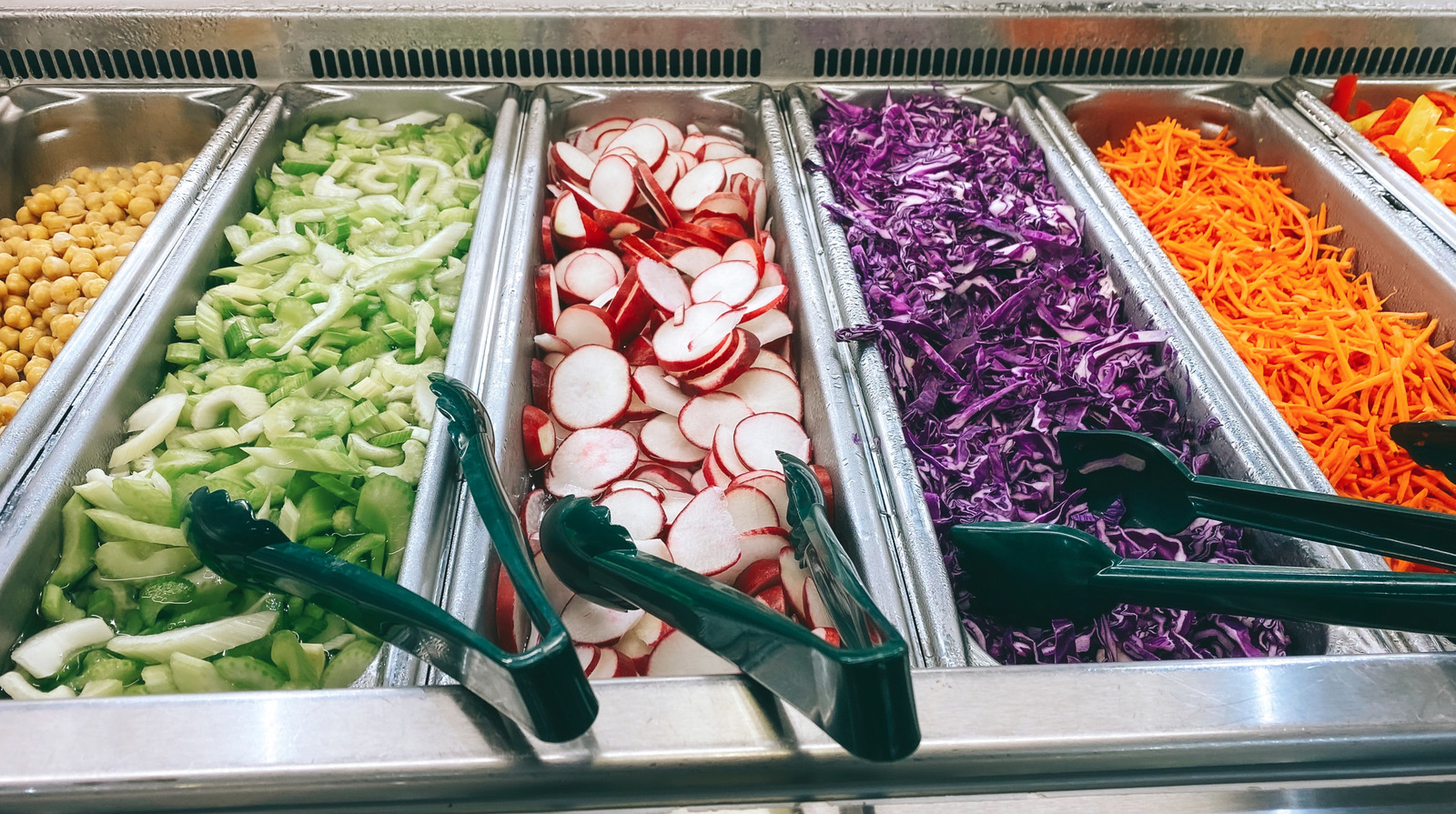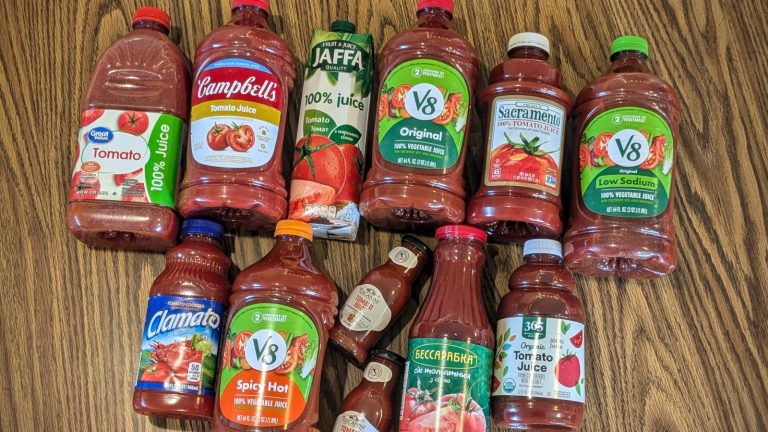With buffet options ranging from unlimited chicken fingers to all-you-can-pour soft serve, you’d think sticking to the salad bar would be one of the healthier choices at a self-serve restaurant. But you’d be wrong, maybe even dead wrong. It’s not that the fresh veggies are bad for you, it’s the world of harmful bacteria strains that can come with them. That’s why Chowhound ranked salads as one of the worst foods to sample at a buffet.
Unless washed properly and kept cold, salad greens make an ideal breeding ground for microbes like listeria and E. coli. Even slightly damaged salad greens can “bleed” juices that act as a potent food source for salmonella, and even allow it to grow in the refrigerator. And, while we know salmonella loves to infect chicken, bacteria in poultry are often destroyed during the cooking process — something that raw salads aren’t treated to. That may be why nearly 10% of foodborne illness outbreaks in the United States can be linked to leafy greens. But it’s not just the lettuce that can get you.
Perilous ingredients at the salad bar
Besides hosting E. coli’s favorite vegetables, salad bars are an open invitation for various types of contamination. A room-temperature tub of Caesar dressing might not have been made with pasteurized eggs. How many unwashed hands have passed through the peppers, carrots, and tomatoes? Can a sneeze guard really keep off all the drippings from salivating customers loading up their plates? And is anyone making sure the tongs that handled raw shrimp didn’t get accidentally dipped into the salad tray? These aren’t just idle paranoias, either. Ask all the people who got food poisoning after having a “healthy” salad from a buffet.
In 2024, the Harvest Buffet in Tacoma, Washington, was closed by health officials after a rash of diners were infected with norovirus. Old Country Buffet (which has now joined this list of chain buffets you’ll never see again) was successfully sued for $11.4 million in 2015. The restaurant was found responsible for salmonella poisoning that left a man with long-lasting symptoms including sepsis, kidney failure, and even impaired mobility that led to broken bones.
But the most bizarre case of salad bar salmonella might have been in 1984 when the Rajneesh cult purposefully contaminated the salad bars at 10 restaurants in a voting district in an attempt to keep people home sick to sway an election. All things considered, you’re better off making your salad at home where you know can avoid food safety mistakes and bio-terrorists too.






